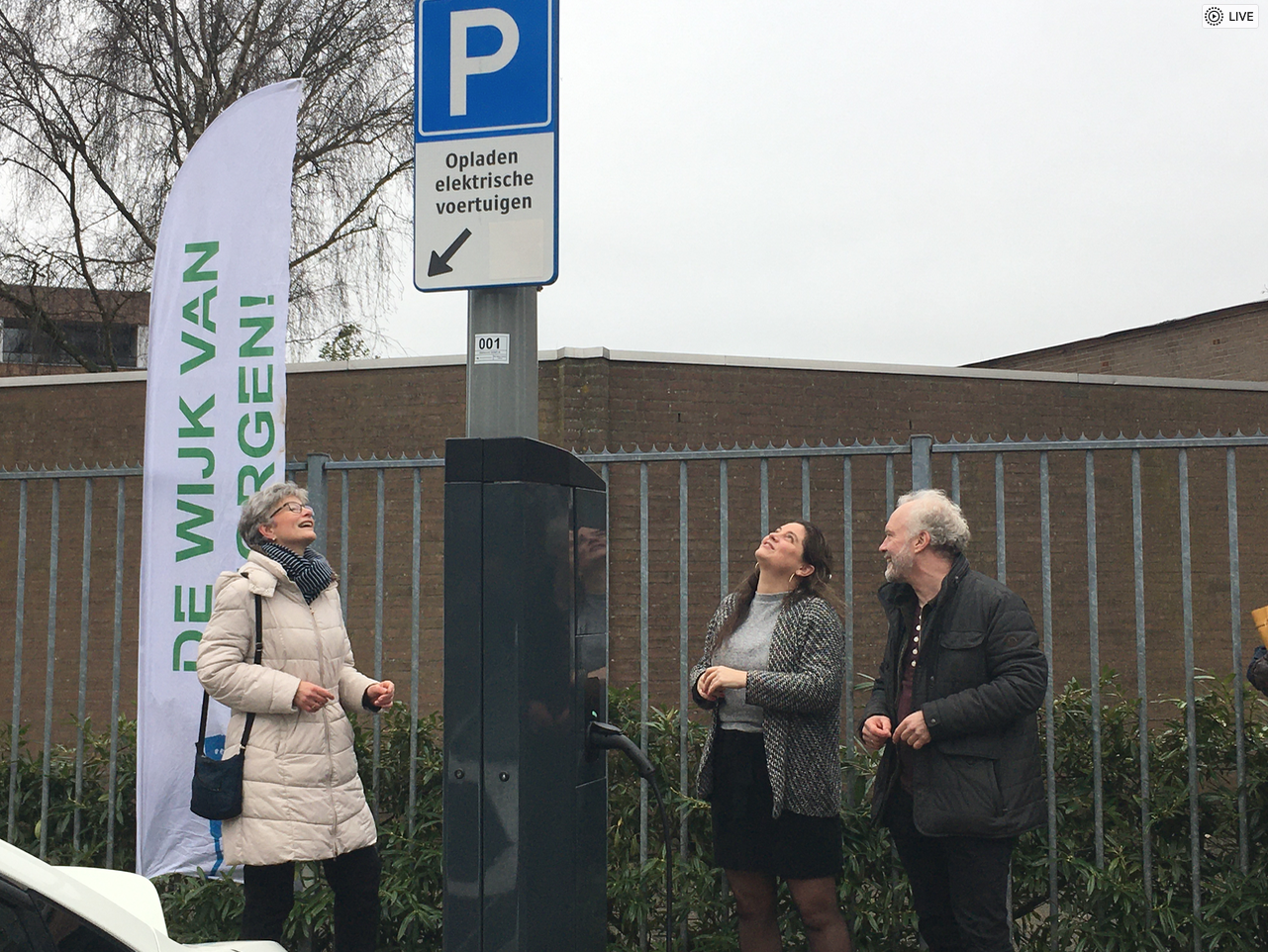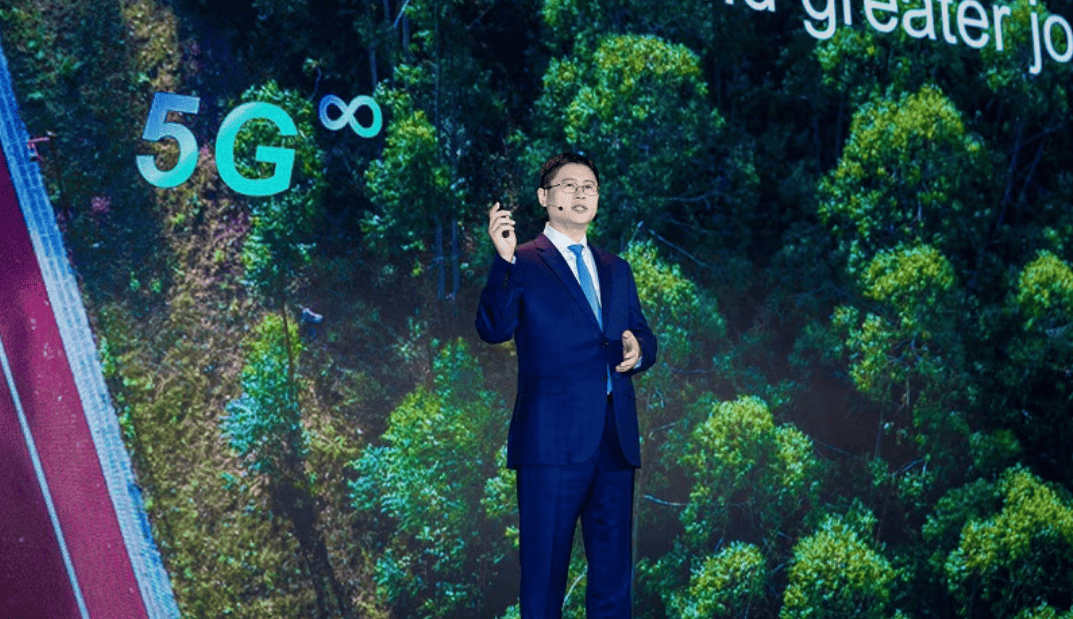
This week and next week, Innovation Origins will be looking at the growing influence of wireless communication within today’s society and in particular at data transmission via electromagnetic radio waves with ever-higher frequencies, such as 5G.
How does 5G actually work? Are we going to end up with a jungle of antennas because we are going to end up with three different frequency bandwidths that will emit all sorts of electromagnetic radiation? Incidentally, how will that affect our health? Is it actually possible to emit that much electromagnetic radiation without being harmed by any of it? These are the questions that are now cropping up.
Let’s start with the first one. Yes, there will be plenty more antennas in places where 5G is needed than there are at present. But that won’t be down to the initial roll-out of the 700 megahertz bandwidth. That won’t make any difference to the network currently in place. This particular frequency within the 5G range is just used differently from the others.
Just used in a different way
The antenna for the first bandwidth that will be brought into service in 2020 will simply be attached to the existing transmission masts currently also used for 4G. Therefore, there’s no need to increase the number of these masts. The technology for transmitting these signals is the same as that is already in use for 2G, 3G, and 4G. So, no new technology is needed for this either. The only thing that applies to this 5G frequency is that it is just used in a different way.
A new type of transmitter and receiver has been designed for the second frequency bandwidth, that of 3.5 gigahertz. The reason for this is that such high-frequency electromagnetic waves are more susceptible to interference from obstacles. The antenna is made up of a large array of tinier antenna parts in order to address this. These all emit wave-like signals. They bundle together to form an array that improves the transmission of a signal.
Electromagnetic wave array
You can compare it to the waves that occur when you make a wave in the water. It moves forward like an inverted U. If you simultaneously create two waves next to each other, a stronger current is created at the points where the inverted U waves coincide. This also works the same way with electromagnetic waves. Devices that send – and receive these converged electromagnetic waves can also be installed on existing masts within the current 4G network. But new masts may also have to be added, depending on their use, as the reach of 3.5 gigahertz wavelength is slightly shorter than that of 4G.
However, this is not an option for the ultra-high frequency bandwidth of 26.5 to 29.5 gigahertz. Due to the short distance that electromagnetic waves are sent and received by equipment specially designed for this purpose, transmission masts will have to be installed every hundred or two hundred meters.
Streets need to be dug up
Which means that city streets need to be overhauled. First of all, thousands of masts have to be installed to house these transmitters. The antennas are much smaller than those used for 4G – which can easily measure one or two meters in size. The 5G – 26.5 gigahertz units are about 15 by 15 centimeters in size and fit easily into e.g. a lamppost.
That’s why new masts are popping up all over the place now. You can install charging stations for electric cars on these. Plus, they can accommodate street lights, AED equipment, and consequently also have room for 5G antennas.
The Dutch municipality of Rotterdam has designed such a mast, three of which are currently undergoing testing. But the Finnish telecom company Nokia is also developing its first generation of multifunctional masts. These will be put to the test in the Dutch municipality of Utrecht, among other places.
Directing beams using reflection
Once the new technology is ready for use, the 26.5 gigahertz antennas can be placed inside it. Because high-frequency wavelengths have a shorter range, it is useful to be able to direct the antenna array. That’s also the intention. You can then aim the beam at a reflective surface such as a mirror so that obstacles like trees can be bypassed, for example.
The second thing to consider is that all these masts must be connected to wired infrastructure in the same way as fiber optic cables are. In other words, these will have to be installed. This is a major operation as well. With that in mind, it’s a good thing that the 26.5 gigahertz bandwidth won’t be available until 2025 at the earliest.
It’s expected that 5G antennas in companies, housing estates, and hospitals, for instance, will replace WiFi (which operates at a frequency of 2.4 and 5 gigahertz). As a result, they will no longer be inconvenienced by an overloaded, delayed, or unreachable network.
Is this really healthy?
As so much electromagnetic energy flows through the air, some people are worried about its effects on health. There is even a lawsuit pending against the auction of the new frequency bandwidth for this very reason. But according to Professor Bart Smolders at the TU/e in Eindhoven, who worked with telecom manufacturer Ericsson on the technology for the 26.5 gigahertz antenna, the amount of energy transmitted by these waves is so small that it cannot be established if it is harmful to the human body.
Moreover, Smolders states, intensity levels are no different from that of existing wireless systems such as WiFi and 4G. According to him, your body heats up a tiny bit when it absorbs electromagnetic energy. But that effect is so insignificant that it hardly has any effect whatsoever. There are statutory limits on the amount of energy you are allowed to emit per square meter. According to Smolders, all wireless systems that make use of electromagnetic waves are well below that. Whether this will be the case in the long term will depend on worldwide research.
Read other IO articles about 5G via this link.








